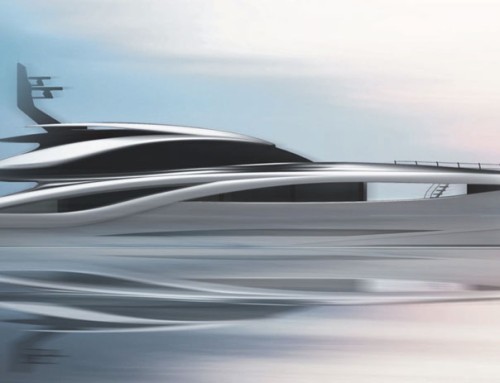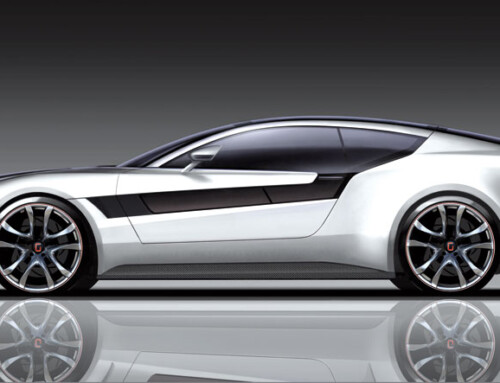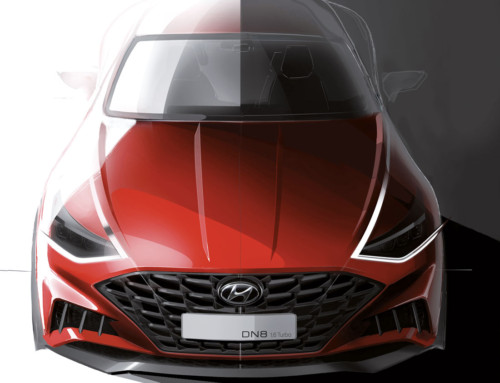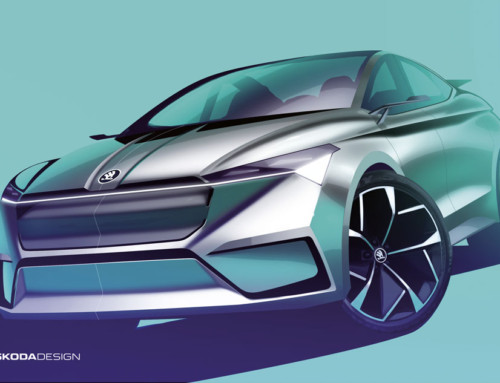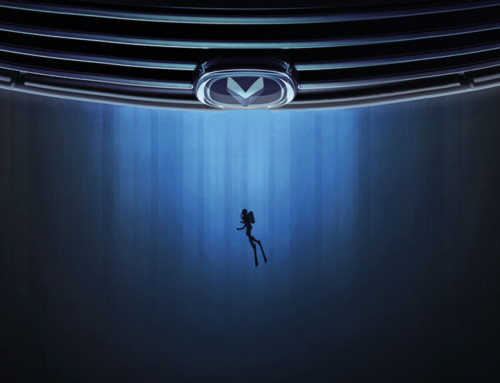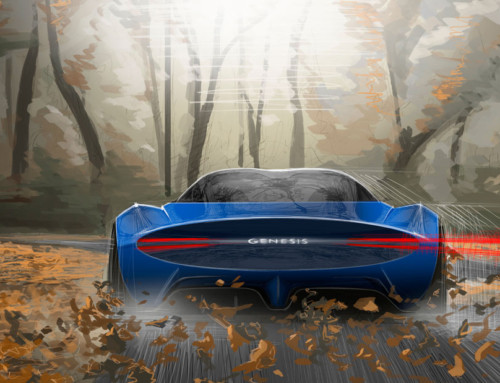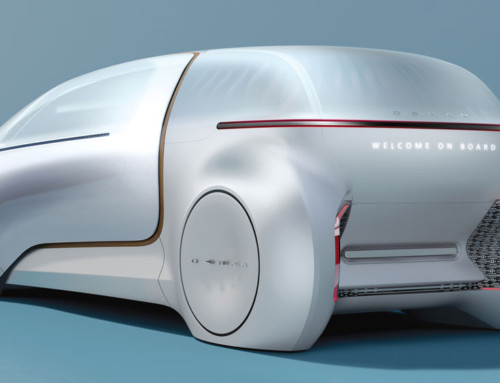What’s an Alfa Romeo? “A car that competes in the DTM!” replied the youthful students of the Espace Sbarro school at the start of their design and engineering course.
Now that a year has passed and ‘their’ Alfa has débuted at the Geneva show, their conception of the Milanese marque goes beyond images of the German touring car championship – the merit of months of contact with the men who live and breathe Alfa Romeos: director of the Arese style centre, Walter de’ Silva, his right-hand-man Mario Favilla and assistant coordinator of the Fiat group’s Stile/Design section, Ermanno Cressoni (with twenty years’ experience at Centro Stile Alfa, where he was director).
A few years back, Espace students had already made contact with the Alfa Romeo team, working on a station wagon hypothesis for the 155 presented at the 1994 Geneva show. The idea of doing a car from scratch emerged during the Car Design Award ceremony at Geneva last year, where Franco Sbarro met de’ Silva and Favilla and suggested making a sports model with supercar engine. “The 3-litre six is the most powerful we’ve got,” they replied. “OK, then send me two of them!” came Sbarro’s cool rejoinder.
The Fiat management, keen to cooperate with schools in Italy and abroad, happily agreed. Even Nevio Di Giusto, coordinator of Fiat’s Stile/Design, and Stefano Jacoponi, chief of Fiat Auto’s engineering department, made a trip to Espace during the development of the project. Thus began the direct dialogue that brought the students to an understanding of the true Alfa Romeo spirit. Their early sketches strayed considerably from the marque’s image and traditions, so in three simple sketches Walter de’ Silva illustrated the classic styling cues: front-end design with typical Alfa shield, the dynamic wedge shape of the flank, the cut of tail-end and rear lighting, the wheels placed at the four corners. “They had to create a true Alfa, but designed by themselves”, explains Cressoni, “we were their guide. The dialogue generated between the students, Franco Sbarro and ourselves was fundamental.” “They learned that Alfa Romeo is about the electrifying thrill of the mechanicals and the need to render them beautiful on the outside too, in the bodywork,” continues Favilla. “It’s the ‘Essential Beauty’ concept that the marque spirit is founded on.”
The project developed around the double engine – two 6-cylinder 3.0-litre 24-valve units, coupled in line by a central clamp across the oil sumps – with an overall output of around 500 bhp. Alfa Romeo history numbers two twin-engined predecessors, the Tipo A of 1931 (the company’s first ever single-seater) and the ‘Bimotore’ of 1935 which the Espace students were able to admire at the Alfa museum in Arese during a visit. Weight has been kept within 1200 kg by virtue of a ‘dual frame’ chassis conceived and patented by Sbarro, suspension derived from the DTM 155 and Brembo brakes. 3.8 metres long, it develops over a wheelbase of 2.66 m and is 1.7 m wide at the front, 1.8 m at the rear. The wheels were specially constructed by Antera – for years associated with Espace Sbarro – to a dedicated and classic five-hole design from the students.
Issima – the chosen name is the suffix that makes Italian adjectives superlative, expressing the intention of maximising, in a positive sense, every characteristic of the car and appreciating fully its attributes of power and beauty – is a two-seat speedster of essential line, composed of two forms which penetrate each other to generate muscular and dynamic surfaces. It features, as guardians of the make, the Alfa shield – from which extend the V-shaped bonnet lines – and the characteristic cut of the tail-lights. “Issima expresses enthusiasm, the desire to have fun and play,” Walter de’ Silva explains with satisfaction, “as opposed to the car-as-container concept, the domestic appliance of transport.”
Not exclusively fun, though: after going on show at Geneva, Issima will be brought to Italy, to Balocco, for fine-tuning and on-the-track testing.
The article continues in Auto & Design no. 96

